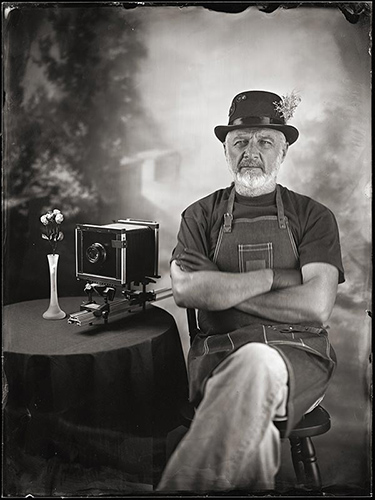Old analog photography techniques require patience, precision, and dedication. Every step, from preparing the plate and camera to developing, requires attention and skill. This process takes us back to the roots of photography itself, reminding us of the value of every moment and the investment of effort in art.
Engaging in old analog techniques provides an opportunity to revive and develop technical skills that may have become forgotten in the digital age. Manual camera setup, aperture, long exposures, chemical processing of recorded plates or contact positives—all
these skills can be relearned and applied in today's conditions.





